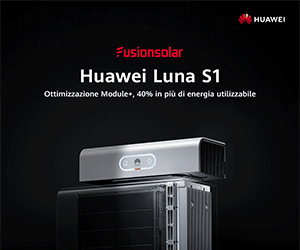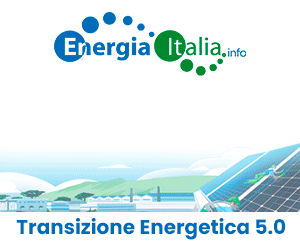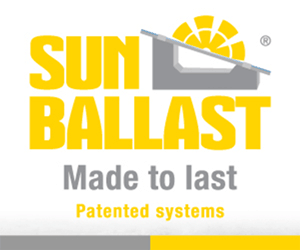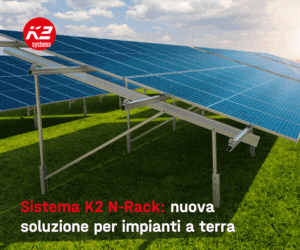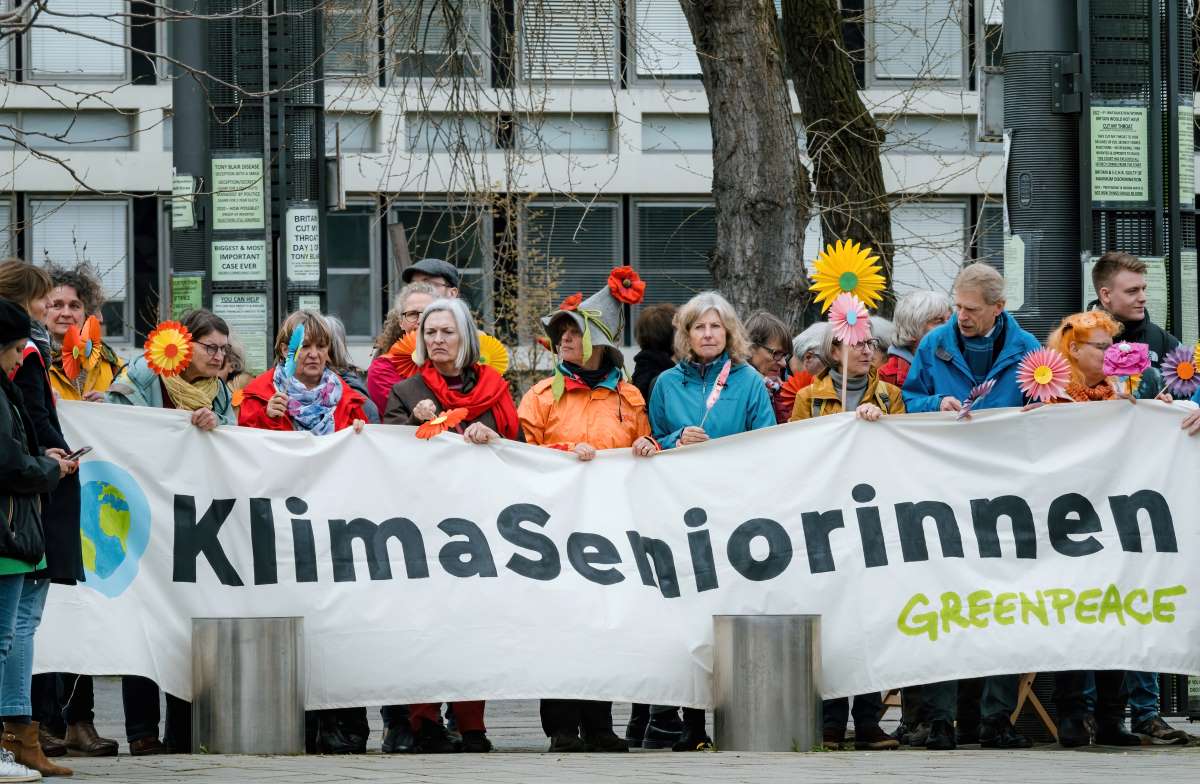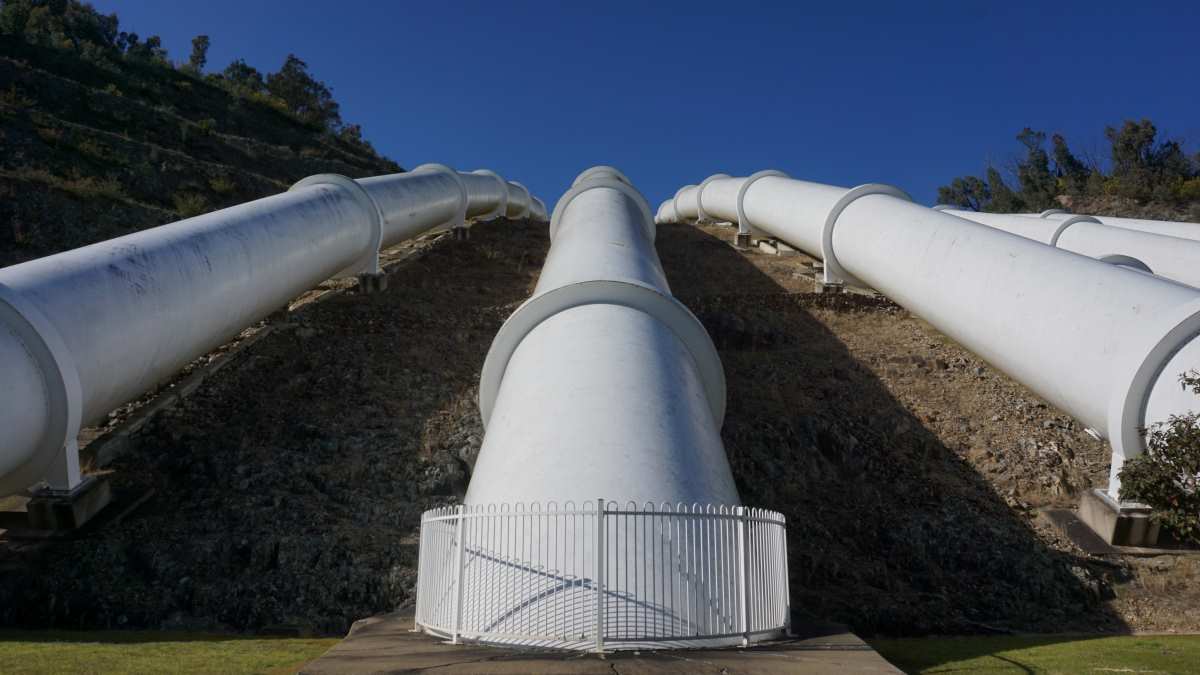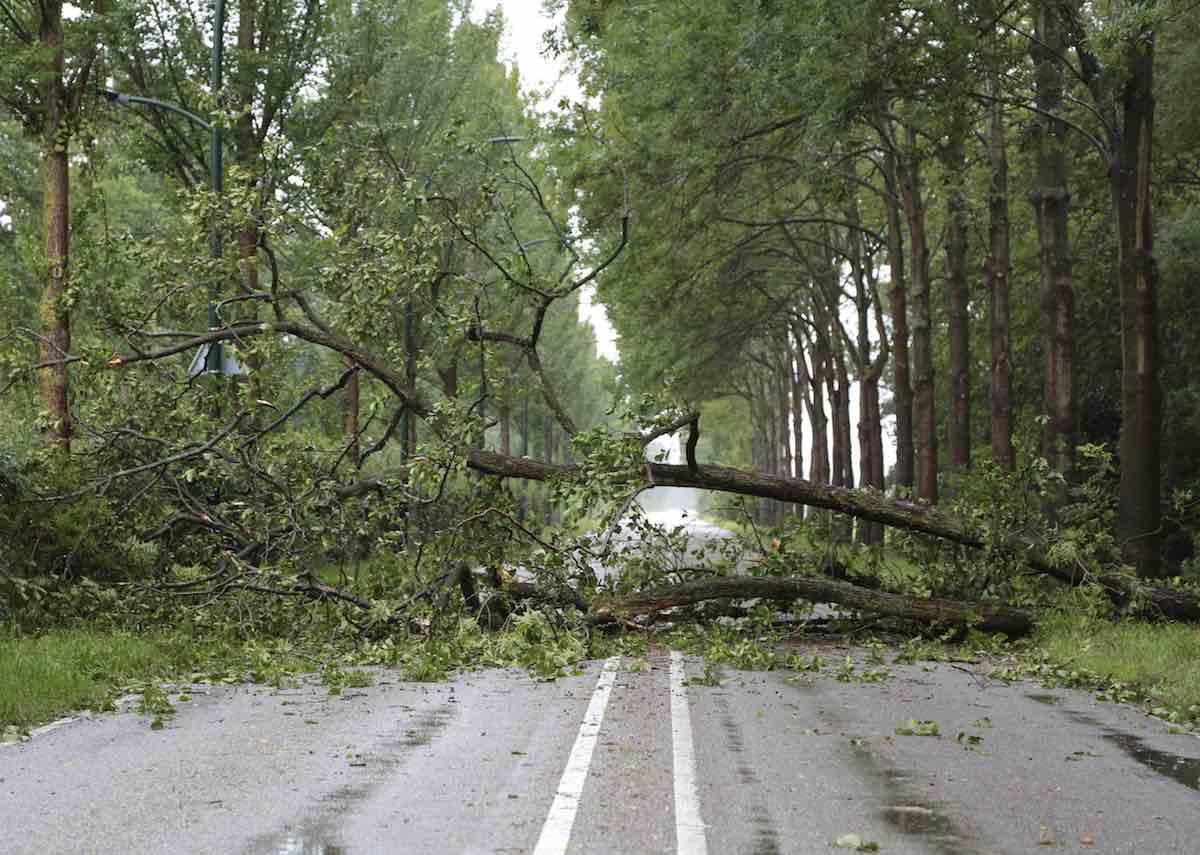Mr. Zingale, could you explain the present status of the Italian photovoltaic sector?
With an almost 19 GW stock, the PV generation in Italy in 2014, around 23.5 TWh, is going to meet around 8% of the national electricity demand: a record achievement, indeed. A figure that is, at the same time, the indicator of the success of the technology in Italy and the origin of the strong political reaction which has come from the conventional energy side. We cannot but take account of the fact that, due to the end of direct feed-in incentives, the Italian PV sector has gone through a dramatic shrinking and consolidation phase. And that the figures of the new installations are still unsatisfactory, with the slow recovery of the domestic market being, at the same time, cause and effect of the projection of the largest Italian system integrators and EPCs on new markets like the U.K. or Romania, seeking again the big numbers. But at the same time we see a living and dynamic PV industry which is reinventing itself by developing new applications, which will soon be boosted by the progress in energy storage solutions, targeting a series of new markets, applying new business models for the “navigation” in the post-incentive era. Needless to say, the new mindset required is based on the concept of self-consumption of auto-produced electricity. This approach is quickly gaining momentum in Italy, since it applies to all segments of the market: from the residential one, to the industrial SMEs and a variety of energy-intensive commercial users. At the same time the PV operators are widening their business portfolios: offering not just photovoltaics, but PV integrated with other efficient technologies like heat pumps or led lighting, or with micro-cogenerating units on the supply-side. We are actually witnessing a logical evolution of the PV business, towards an integrated approach with the domain of energy efficiency.
How will Solarexpo-The Innovation Cloud deal with those market’s changes?
Let me say that the 2015 edition will fully reflect this paradigm shift. We really did anticipate the recent evolution of the market: while keeping the focus on the original core of the solar technologies of Solarexpo, like PV, CPV, CSP and solar architecture, the event has evolved since 2013 into the multi-technological platform of Solarexpo-The Innovation Cloud: an exhibition targeting all renewable power sources, plus energy storage and smart grids as key enabling technologies for a high RES-penetration market like Italy. And more: NZEBs and smart buildings, e-mobility and smart city applications, energy efficiency in buildings, public administration and industry. All that presented in an environment of a true “hybridization” and cross-fertilization of technologies. This is why I invite the whole solar community to join us from 8 to 10 April in Milan, to get the right networking opportunities and gain market exposure in a fertile context of innovative solutions and new approaches to the grid parity markets.
What new concrete opportunities for PV operators exist in Italy’s grid-parity market?
There are many new opportunities for PV operators in Italy. I would start by pinpointing that, on the side of industrial and commercial plants, the Italian Energy Authority finally completed a new legal framework for a further step of liberalized distributed generation, one which allows an operator who installs a PV plant on his customer rooftop to directly sell to that customer the solar energy produced. It means that a company can now sell kWh instead of kWp. This kind of configurations are referred to as Users’ Efficient Systems, “SEU” schemes, and apply to both PV systems or high-yield CHP, within the ceiling of 20 MWe installed power. The economic benefit for the customer is that the energy produced and consumed with a SEU scheme is exempted from transmission and distribution fees as well as other general electricity system charges, therefore at lower rates compared to grid electricity. For the PV generator, the benefit lies in the sale of the energy at an above-market price. But that’s not the only opportunity. SMEs who want instead to directly install a PV plant on their facilities can now overcome the market credit crunch by accessing a governmental low-interest rate scheme, the so called “Sabatini bis” law. On the side of domestic plants a generous 50% tax rebate, recoverable in 10 years, will still be applicable in 2015, maintaining a stable 36% thereafter. Surprisingly enough, this scheme is more profitable than the last feed-in Conto Energia! With such new legal frameworks, credit facilities and tax breaks, installing a PV plant in Italy it is still a good investment. More: the government recently expanded the net metering arena, raising the threshold for plants in net metering configuration from 200 kW to 500 kW. Lastly, the national Energy Authority has just released in November a long-awaited regulation for grid-connected electricity storage systems. In the framework of solar energy self-consumption described above, this will unleash a very large new market potential.
How is the Italian PV industry coping with the effects of the “Spalma-Incentivi”?
This has not actually to do with the prospective of the new, post-incentives, markets, but with the past. At the end of November the Italian and international investors holding a contract with the Managing Agency GSE under any of the past “Conto Energia” schemes had to choose one among three options of retroactive incentives’ curtailment, imposed by a recent Law, the so called “Spalma-Incentivi” (incentive re-shaping, ndr). This Law introduced a 17% to 25% reduction to the FiTs that have been awarded to all PV plants in excess of 200 kWp. The reduction applies from 1 January 2015 and may be accompanied by the extension of the applicable incentive period from 20 to 24 years. This extension is intended to ensure that approximately the same overall amount of incentives are granted to the owners, even if distributed over a longer period, but the provision does not allow for inflation or loss of interest from the delayed payments of the incentives. The Italian and international PV business community strongly believes the new law is seriously damaging the rights acquired by the investors. It clearly violates the EU Directive 2009/28/EC on the promotion of renewable sources, and, more generally, the principle of stability of incentive mechanisms.
Do you expect legal action against the retroactive feed-in tariff cuts?
Yes. Since last summer the Italian PV associations started organising collective legal actions aiming to prove the unconstitutionality of the cut. Around 1000 companies already joined assoRinnovabili legal initiative, and many other companies joined ANIE Rinnovabili call for action.
Are they likely to be successful?
Well, the recent judgment of the Bulgarian Constitutional Court, which abolished the 20% retroactive cut on PV and windpower incentives, demonstrates that the legal certainty can’t be twisted. The PV community is confident that the Italian Constitutional Court will do the same with the Spalma-Incentivi. But it will take time to get to a decision.
What new opportunities have emerged in Italy as a result of the incentive cut or re-shaping for local and international PV players?
Read the inteview on Solarexpo-The Innovation Cloud



.jpg)

